Soundcraft Spirit 8 Bruksanvisning
Soundcraft
Ikke kategorisert
Spirit 8
Les nedenfor 📖 manual på norsk for Soundcraft Spirit 8 (36 sider) i kategorien Ikke kategorisert. Denne guiden var nyttig for 19 personer og ble vurdert med 4.7 stjerner i gjennomsnitt av 10 brukere
Side 1/36

Produkspesifikasjoner
| Merke: | Soundcraft |
| Kategori: | Ikke kategorisert |
| Modell: | Spirit 8 |
Trenger du hjelp?
Hvis du trenger hjelp med Soundcraft Spirit 8 still et spørsmål nedenfor, og andre brukere vil svare deg
Ikke kategorisert Soundcraft Manualer
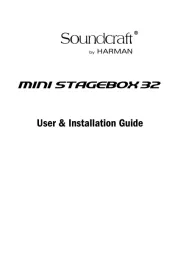
11 August 2025
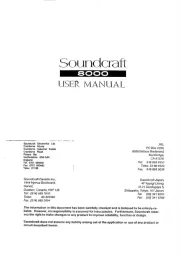
11 August 2025
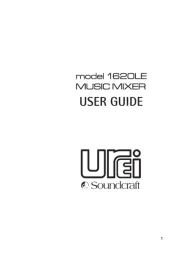
11 August 2025
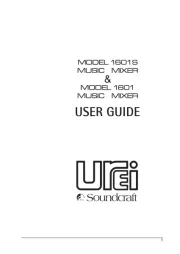
11 August 2025
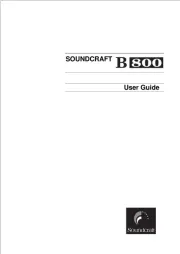
11 August 2025
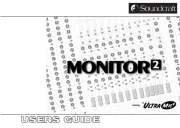
11 August 2025
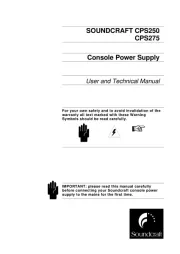
11 August 2025

11 August 2025
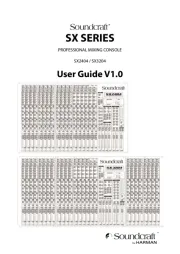
11 August 2025
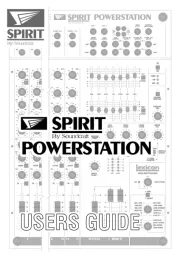
10 August 2025
Ikke kategorisert Manualer
- Netter Vibration
- Ilve
- Asus
- SafeMi
- LightKeeper Pro
- Senal
- Koenic
- Stamony
- Kern
- Enbrighten
- Seaga
- Jung
- Zenec
- Abus
- Eureka
Nyeste Ikke kategorisert Manualer
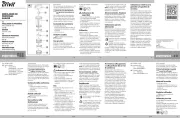
23 Oktober 2025
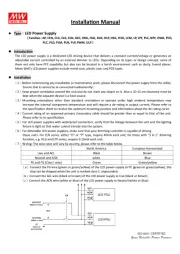
23 Oktober 2025
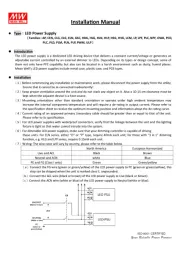
23 Oktober 2025
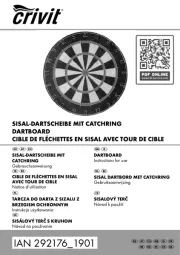
23 Oktober 2025
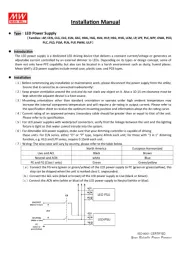
23 Oktober 2025

23 Oktober 2025
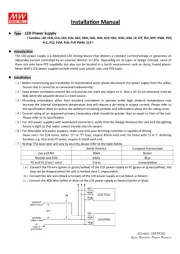
23 Oktober 2025

23 Oktober 2025
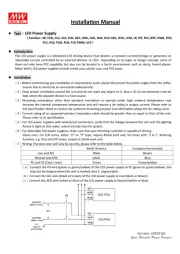
23 Oktober 2025
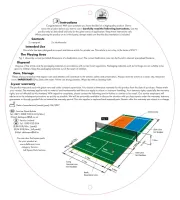
23 Oktober 2025